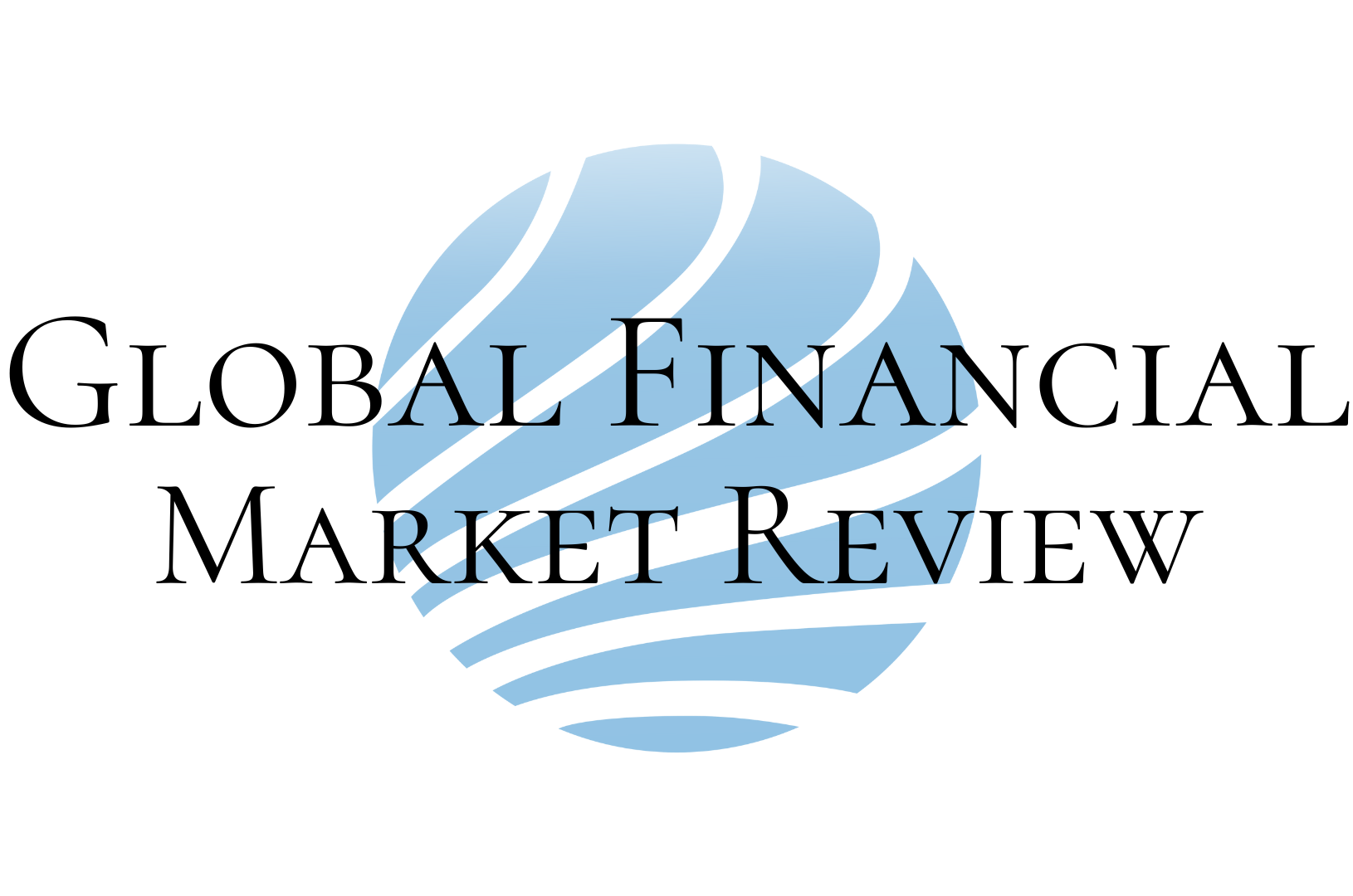
College Loan Confessions from a CERTIFIED FINANCIAL PLANNER®
As a young man from a rural, middle-class family, I was determined to earn a college degree and to make my way in the world as a professional. My parents had strongly equipped me with the skills to work hard, and they instilled in me the value of an education. But they weren’t able to contribute as much money to my college education as they would have liked.
After paying as much as I could of my tuition with money I made waiting tables at night, each semester I’d take a student loan to pay the rest and give myself a “cushion.” Every time I collected my student loan check, I felt like I had cash in the bank. It didn’t feel like I was borrowing to buy pizza, beer, an awesome “razor” flip phone (rad, I know), and all the things a college-age student needs — and thinks he needs.
When graduation rolled around, I had $26,000 in student debt and tacked on another $8,000 for a master’s degree several years later when I changed careers. Today, 11 years later at age 36, my wife and I are finally celebrating paying these suckers off. That’s some dang expensive, and long-lived, pizza bills.
Pros and cons of student loans
In general, I don’t hate on student loans. They helped me go from fairly humble beginnings to working as an Advice Director for a Fortune 100 company. Loans are seductive, though. You feel like you’re spending in the moment, but you’re really spending years of your 20s and early 30s.
If loans had not been as easy to get, I think I would have been a bit more creative, finding ways to cut costs, make more money through scholarships and grants, or choosing a cheaper school. There are lots of ways to financially supplement an education that don’t leverage so much of your future.
As a CERTIFIED FINANCIAL PLANNER® and financial advice expert for USAA, I’ve had rigorous study, training and testing — on top of helping thousands of people with their finances. I’ve guided people through retirement investing, college savings and debt repayment, among other things.
In my experience, people make tradeoffs in their financial lives that make sense at the time. Often it’s a decision of long-term versus short-term, certainty versus risk, expensive now versus expensive later. What pains me is seeing people make tradeoffs without really understanding the price they are paying. When I borrowed money for my student loans, I felt a bit trapped. I had invested years and sweat in my education, so I had to finish it. I thought, “I can’t pay for it on my own,” so I borrowed.
What I would tell my college-bound self
When I took out those loans, I didn’t realize how long it would take to repay them, and the difference it would have made if each semester I’d borrowed $1,000 less than the full loan offered. As a numbers nerd, I’ve since done the math to estimate; I would have paid it off around 3 years earlier.*
If I could step into a time machine and share what I know now with my 18-year-old self, I’d impart this advice and experience:
Know the real cost of borrowing. Before you take out a loan, look for ways to borrow less. Don’t just borrow the full amount “in case you need it.”
Choose your school wisely. Schools vary dramatically in price, but the salary you earn from the degree doesn’t vary as much from school to school. Don’t get overwhelmed by big names or dazzling campuses.
Get creative with housing costs. I once had a buddy who worked as an informal property manager for a multiple-room rental house. His job was to keep roommates in the house and coordinate any repairs or other needs for the landlord. He got a sweet rate on his housing. Find creative ways to live.
 Keep looking for help. With the nudging of their parents and the help of guidance counselors, high school seniors are pretty good at applying for scholarships and grants. Don’t get lazy once you’re in college. There are plenty of student loans out there that will help supplement your remaining college years, but turn to them as a last resort.
Keep looking for help. With the nudging of their parents and the help of guidance counselors, high school seniors are pretty good at applying for scholarships and grants. Don’t get lazy once you’re in college. There are plenty of student loans out there that will help supplement your remaining college years, but turn to them as a last resort.
Pursue paid internships. Certainly, there are life lessons to be learned from working at a restaurant, but look for experiences that will also add value to your education. Ask your advisor about paid internships, which in many cases pay pretty well for a college-age person.
For more information on education planning, please vision our Investments and Education section of the USAA community.
For more tools & resources on budgeting, saving, and paying down debt, visit this Financial Toolkit page.
Disclosures: Certified Financial Planner Board of Standards, Inc. owns the certification marks CFP® and CERTIFIED FINANCIAL PLANNER™ in the United States, which it awards to individuals who successfully complete the CFP Board’s initial and ongoing certification requirements.
*Estimated 3.3 year faster debt payoff - Assumed 5.7% interest rate, 348 per month payment
34,000 initial balance - payoff 11 Years (132 months). 26,000 initial balance – payoff 7.6 years (92 months)
DID# 254520 – 0718




